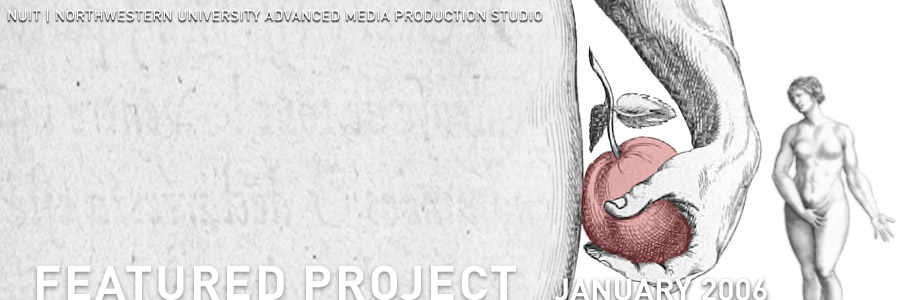
Today some anatomy teaching programs are starting to incorporate this expanded understanding of the organ once known as only a “little hill.”įor the sake of women and men everywhere, here’s hoping this shape won’t be ignored any longer. “There’s nothing quite like the shape of a clitoris,” O’Connell said in 2006. And its shape-part penguin, part insect, part spaceship-was a marvel that could only be appreciated in three dimensions. O’Connell compared the clitoris to an iceberg: beneath the surface, it was 10 times the size most people thought it was and boasted two to three times as many nerve endings as the penis. She used microdissection of cadavers and magnetic resonance imaging of living women to reveal what only a few brave anatomists had ever dared to point out.
Complete anatomy change gender full#
In 2005 Australian urologist Helen O’Connell thrust the full anatomy of the clitoris into the public eye. A 3-D clitoral model, by Odile Fillod and Philippe Cosentino. Credit: Marie Docherįortunately, a few anatomical pioneers are working to change that. Throughout history, the clitoris has been lost, found and lost again, with male anatomists jostling one another over who deserves credit for its “discovery.” Yet the full clitoris is still inadequately portrayed in most anatomy textbooks.

Though female anatomy has not changed all that much, our understanding of it sure has. What is crazy is that, starting with the ancient Greeks, it took humans more than 2,000 years to develop this understanding-despite the fact that about half of the population has a clitoris. It also helps surgeons to spare crucial nerves during pelvic surgery, improve gender-affirmation procedures and repair the clitorises of women who have undergone female genital mutilation. Understanding the full shape of the clitoris helps us to improve anatomy textbooks and better comprehend how female orgasm works. This arrangement has implications in the bedroom, in the classroom and on the operating table. The clitoris is intimately entwined with all of the pelvic structures around it, including the urethra (the duct for urination), the vagina and the labia.

And all of the parts beneath the surface are made of erectile tissue, meaning they swell with blood when aroused to become even bigger.Īnd that under-the-surface bulk is brimming with connections. Underneath the nub, called the glans clitoris, a plump wishbone shape encircles the vagina, with arms that flare out up to nine centimeters into the pelvis. It is a sprawling underground kingdom of crackling nerves and blood-pumping vessels. Around 90 percent of the clitoris’s bulk lies beneath the surface. Clitoris comes from the Greek kleitoris, which has been translated as both “little hill” and “to rub,” suggesting an ancient play on words.)įirst off, it is not just some pea-sized nub. The earlier origins of the word are murky. (Fun fact: when a French physician dissected this organ for the first time in 1545, he named it membre honteux-“the shameful member”-and declared its sole purpose to be urination. In the history of sexual anatomy, the clitoris has long been dismissed, demeaned, and misunderstood. Or he may have had a better understanding than most of that nerve-rich female pleasure center: the clitoris.

Tiresias may have been just poking some fun at the almighty gods. For this impertinence, Hera struck him blind. Later, when asked by Hera and Zeus to settle an argument over which sex has the most pleasure in intercourse (Hera thought men Zeus said women), Tiresias replied, Women. According to Greek mythology, the prophet Tiresias was harassing a pair of mating snakes when Hera decided to transform him into a woman as “punishment.” After he had lived in this form for seven years, she changed him back.


 0 kommentar(er)
0 kommentar(er)
